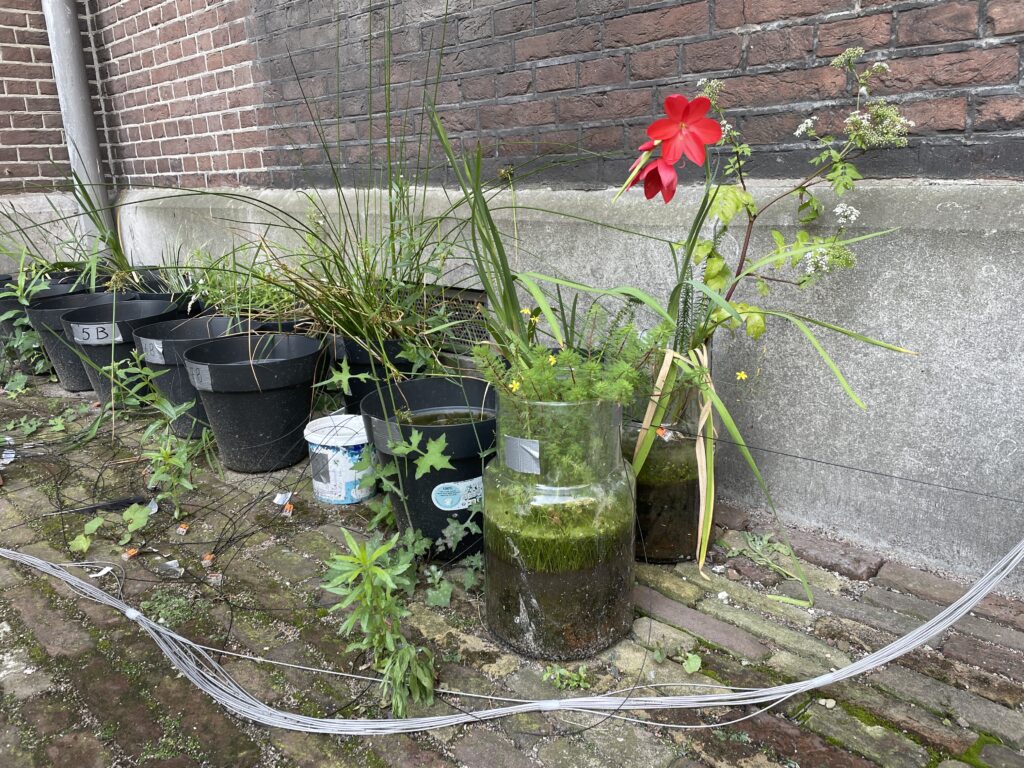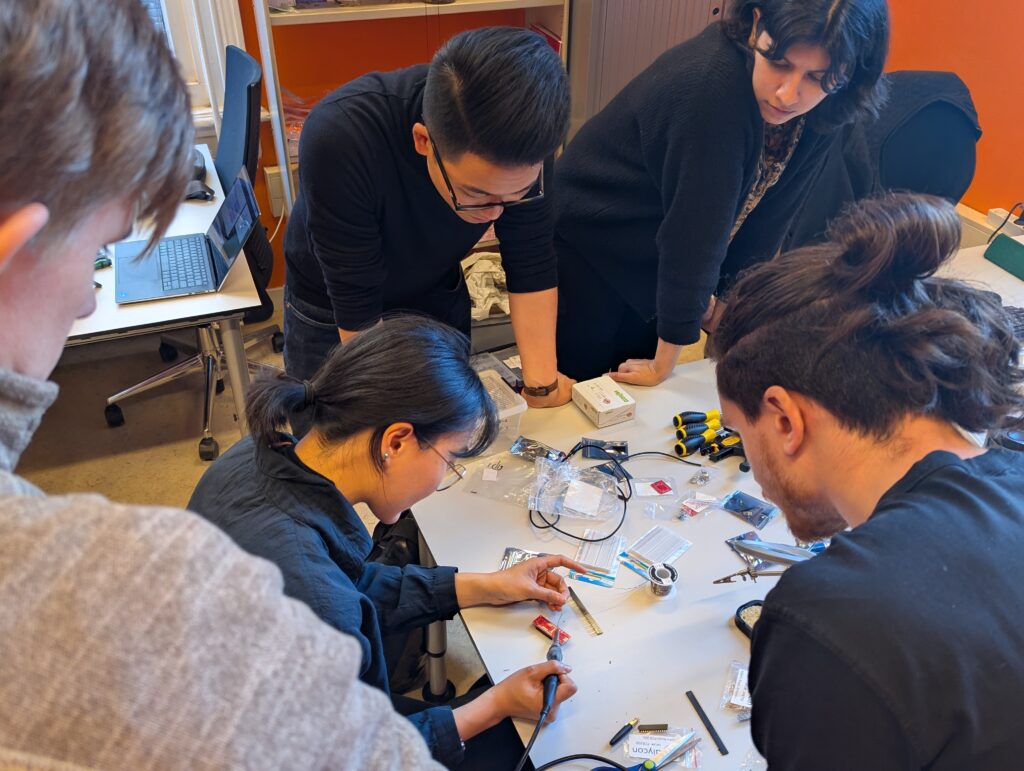project mud batteries and regenerative infrastructures February 2025
Living Infrastructures and Organic Data Centers: Toward Ecological and Post-Extractive Computing
The environmental costs of computation have become impossible to ignore. Data centers, AI models, and communication infrastructures demand vast amounts of energy and minerals, intensifying extractive relations with both human and nonhuman worlds. In response, sustainability discourses in the technology sector promise greener energy, circular economies, and digital efficiency. Yet these solutions remain anchored in the same paradigm of accumulation that drives the ecological crisis in the first place.
In our lab, we take a different approach. We explore how computing might be reimagined from the ground up—literally—by engaging with living materials such as soil, microbes, and kombucha SCOBYs. These experiments aim not to optimize computation, but to decenter it, to ask what infrastructures might emerge when we take ecological entanglement rather than extraction as a design principle. On this page you will find impressions of our experiments.
Biological Power: Mud and Microbial Batteries
Together with artist Sunjoo Lee, we created an electrical gardan on the docks of the UvA. A series of mud batteries generate electricity through microbial fuel cells. These cells capture electrons produced by anaerobic bacteria in wet soil as they metabolize organic matter. The voltage is minimal—often between 0.3 and 0.7 volts per cell—but continuous, depending on the vitality of the microbial community. The continuous fluctuations in energy intensity sparked our curiosity — beyond the idea of mud as a power source — toward a space where voltage itself becomes an organic expression of computation. The soil thus becomes both the site and the medium of computation: energy is produced only as long as the ecosystem remains alive.


This project extends earlier artistic and scientific explorations of microbial electricity, but reframes them within the question of ecological infrastructures. Rather than treating biology as an alternative energy source to power existing systems, we ask how it could inspire new relations of maintenance, temporality, and dependency in digital systems.
Organic Substrates: Kombucha and Clay
We are also exploring kombucha SCOBYs—symbiotic cultures of bacteria and yeast—as living materials for circuit design. The cellulose-rich surfaces of dried SCOBYs are conductive when infused with certain electrolytes and can host sewn or printed traces. Alongside this, we draw inspiration from clay-based printed circuit boards, which uses local soil as both substrate and metaphor: the ground becomes circuitry. These material practices invite us to rethink electronics as earthbound and circular, materials that will eventually returning to the soil.
Sensing, Powering, and Communicating
To connect these experiments, we use a LabJack U3 interface to continuously measure voltage and current across the microbial and SCOBY cells. Our goal is to power a small web server directly through this living power source—a website whose uptime literally depends on the health of its microbial community. The fluctuating readings are logged and visualized in real time, making the metabolism of the mud and SCOBY visible as a communicative process.
Beyond measurement we see soil as the medium of computation. A first step is to enable distributed communication through the Reticulum Network Stack between the microbial and SCOBY cells. This stack enables resilient, peer-to-peer data exchange without reliance on central servers or the global internet. In a next phase, we plan to integrate the sBitx v3 transceiver to transmit microbial compute over shortwave radio. The Hermes.radio protocol, allows us to link biological power, local measurement, and planetary communication through low-power open infrastructures.
Computing Otherwise
These prototypes are small in scale but large in implication. They suggest that computing need not depend on extraction, nor sustainability on efficiency. Instead, we experiment with ecological computation as a mode of care, reciprocity, and coexistence—where systems live and die with the materials that sustain them.
By experimenting with mud, microbes, SCOBYs, and clay, we seek to develop new relations to computing and to decenter dominant theories of technological progress. This work aligns with broader debates in science and technology studies on digital sovereignty, infrastructural power, and ecological media, asking how infrastructures might evolve beyond capital’s logics of expansion toward restorative and regenerative practices.
In short, our aim is to imagine what computing could become if it were not only in the world, but also of it.






